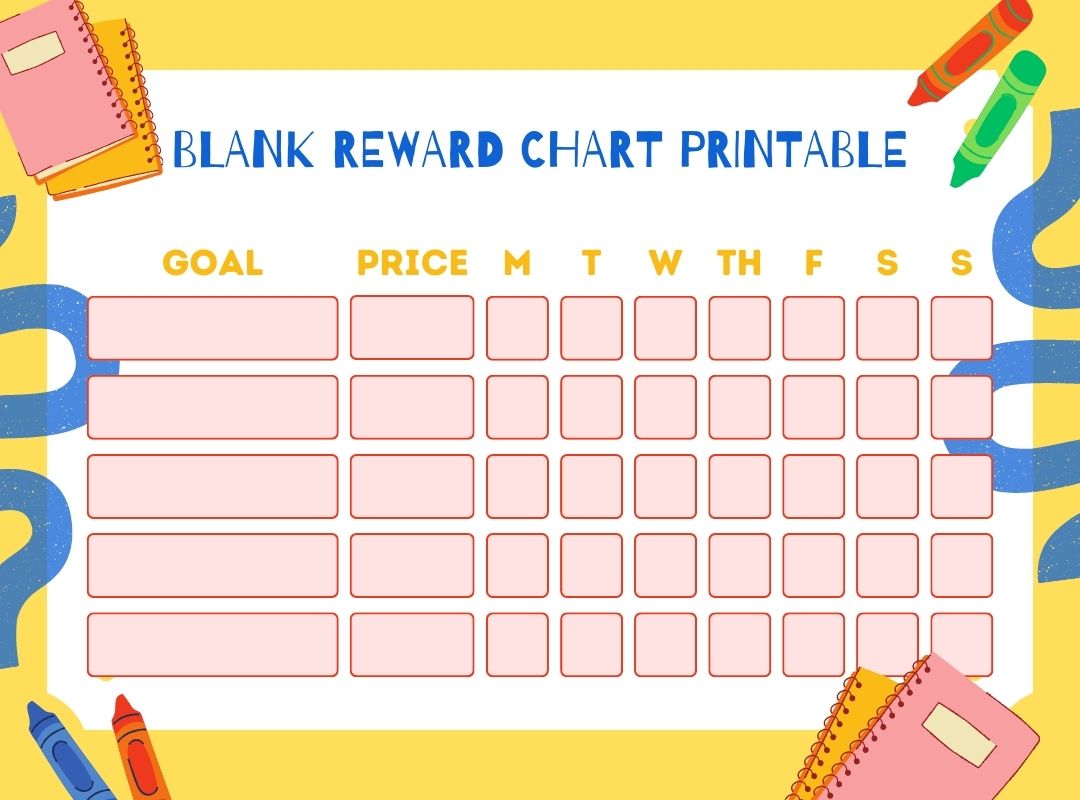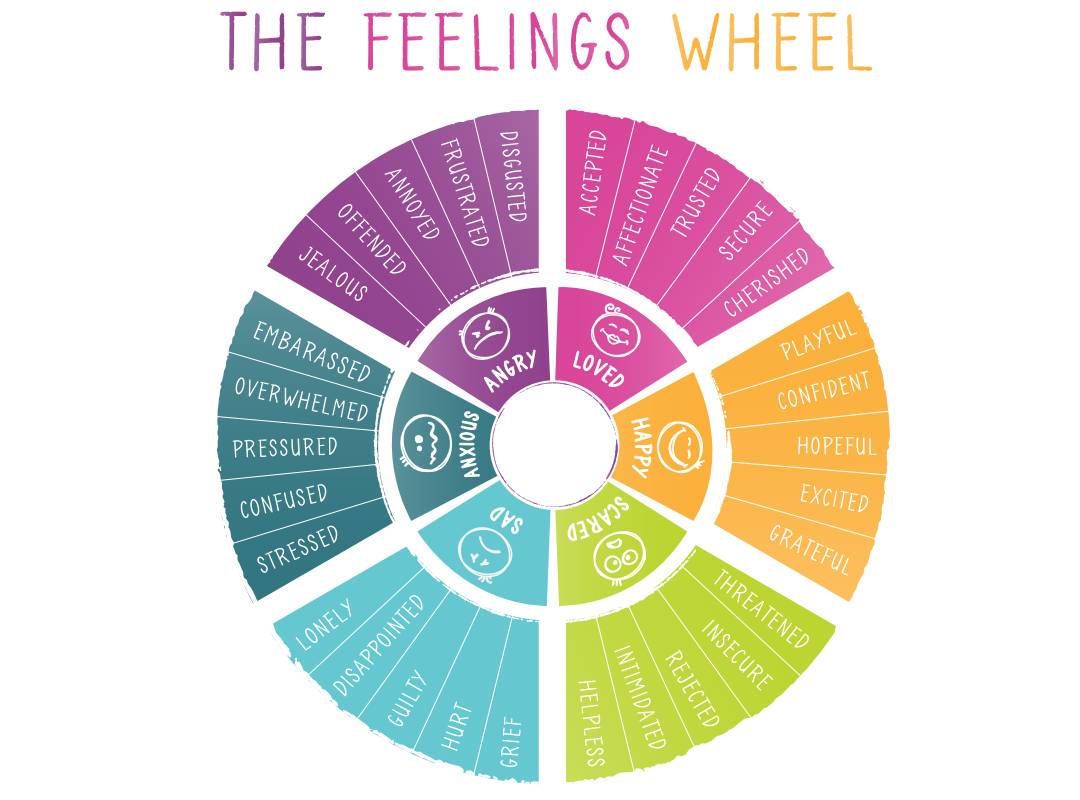Menu

Menu

Reward charts are a popular tool for parents, teachers, and caregivers to encourage positive behavior in children. They visually represent progress and achievement and can effectively motivate children to reach their goals. But how do we use them to achieve the goal of reinforcing good behavior among kids?
In this article, we aim to answer that question and explain why a blank reward chart printable can be a valuable resource for parents and educators.
Reward charts work by helping children set a goal or objective, such as completing their homework or brushing their teeth, and providing a reward or incentive when the goal is reached.
The chart typically consists of a grid or table with the desired behavior or task listed accordingly. When the child completes the task or exhibits the desired behavior, they receive a sticker or checkmark in the corresponding box for that day. As they accumulate more stickers or checkmarks, they can see their progress and work towards earning the reward.
While pre-made reward charts can be easily found online or in stores, a blank reward chart printable offers more advantages, such as:
A printable blank reward chart can be customized to meet the specific needs and goals of the child. Parents and educators can tailor the chart to address unique behaviors or habits that the child needs to work on.
For example, if a child struggles with completing their homework on time, a customized reward chart can be created to track their progress and reward them for their efforts.
Using a blank printable reward chart can also be cost-effective in the long run. Instead of purchasing a new pre-made chart every time a new goal is set, parents and educators can print a new one and customize it as needed. This can save time and money and provide a more sustainable solution.
Printable charts can be accessed from anywhere, at any time, and printed in as many copies as needed. This is particularly helpful for parents or educators working with multiple children or who need to track progress over an extended period. These charts can be easily stored and accessed and updated or modified.
Reward charts can be a powerful motivator for children. By visualizing progress and achievement, children can see their efforts paying off and are more likely to continue working towards their goals.
Creating a blank printable reward chart can be a fun and creative way to incentivize positive behavior in children. Here are some steps to help you create your custom reward chart:
Consider what specific behaviors or tasks you want to incentivize and who will use the chart. For instance, a chart for a preschooler might be focused on simple tasks like cleaning up toys or using the potty. In contrast, a chart for an older child might focus on more complex behaviors like completing homework or practicing an instrument.
As mentioned above, there are several types of reward charts, each with unique features and benefits. Choose the type of chart that best fits your goals and the child’s needs.
Consider the age and interests of the child and choose design elements that will appeal to them. You might use bright colors and playful graphics for a younger child, while a more mature design might be appropriate for an older child. Leave enough space on the chart to track progress and record rewards.
Next, you may add text and graphics to the chart. Use clear and concise language to describe the specific behaviors or tasks being incentivized, and include instructions for tracking progress and earning rewards. Consider using stickers, stamps, or other fun graphics to make tracking progress more exciting for the child.
Once your design is complete, it’s time to print it. Print enough copies for each child using the chart, and consider laminating it to make it more durable.
Free printable blank reward charts are available online to track progress and incentivize positive behavior in children. Here are some examples of reward chart types:
Daily, weekly, and monthly reward charts are popular among parents and educators who want to track progress over a set period. While daily charts are ideal for short-term goals, weekly or monthly charts can be used for longer-term objectives. These charts are typically divided into days, weeks, or months and include spaces for tracking progress toward a specific goal.
Some reward charts are designed to target specific tasks or behaviors. For example, a chart could be created to encourage a child to brush their teeth every morning and night. These charts are useful for addressing individual areas of improvement and can be customized to fit the child’s specific needs.
Point-based or goal-oriented reward charts assign certain points or goals that need to be achieved to earn a reward. These charts can be useful for encouraging children to work towards a specific objective, such as completing their homework or practicing their instrument every day. Points or goals can be assigned different values, and children can accumulate them over time to earn a larger reward.
Token economy charts are similar to point-based reward charts, except they use tokens or chips instead of points. Children earn tokens for exhibiting positive behaviors or completing specific tasks, which can be exchanged for rewards or privileges. These charts can help encourage consistent positive behavior and be used in classroom settings and at home.
Use the chart consistently and fairly to ensure its effectiveness. If you’re inconsistent, students will quickly learn that the chart is not a reliable measure of their behavior, leading to frustration and confusion.
A blank reward chart printable can encourage positive behavior in children, but it’s important to use it correctly to achieve the best results. Here are some tips for using a blank reward chart printable effectively:
When setting goals for the reward chart, it’s important to choose achievable goals for the child. Setting unrealistic goals can lead to frustration and discouragement, which can be counterproductive. Start with small, achievable goals and gradually increase the difficulty as the child becomes more comfortable with the chart.
Choose rewards that are meaningful to the child and that they will be motivated to earn. Rewards can be as simple as a sticker, a small treat, or more substantial, like a special outing or a toy. Be sure to choose rewards appropriate for the child’s age and interests.
For the reward chart to be effective, it must be visible and accessible to the child. Hang the chart in a prominent location where the child will see it often, and ensure it is easy to access. This will help to keep the child motivated and focused on their goals.
When the child progresses towards their goals, celebrate their successes and encourage their efforts. Positive reinforcement is a powerful motivator and can help reinforce the child’s positive behavior. Encourage the child to keep working towards their goals, even if they experience setbacks.
As the child progresses and their needs change, it may be necessary to modify the reward chart. Be open to changing the chart as needed, and be willing to adjust goals and rewards as the child grows and develops.
A blank reward chart printable can be a powerful tool for promoting positive behavior and encouraging success in children. By customizing the chart to fit the needs and interests of the child and using it effectively, parents and educators can help children to develop good habits and achieve their goals.
At Kids Chore Charts, we offer a wide range of resources and tools for parents and educators interested in promoting positive behavior and healthy habits in children. From free printable blank reward charts to chore chart templates, we have everything you need to help discipline and train children.


